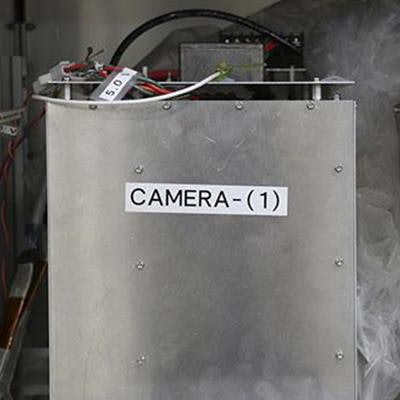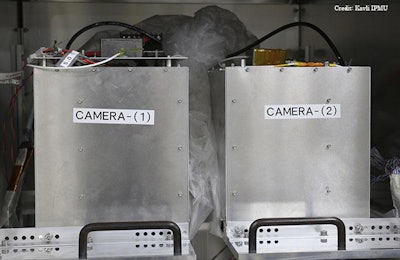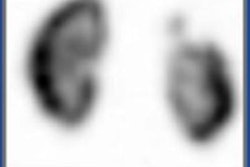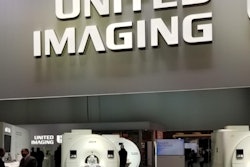
Japanese researchers are reporting success in their first round of human imaging on a device that can simultaneously detect radiotracers used for PET and SPECT, according to a study published online July 20 in Physics in Medicine & Biology.
The new device is a type of Compton camera, which detects the origin of gamma rays using the Compton scatter technique. The researchers' goals for the camera include shortening scan times and exposing patients to less radiation. Thus far, the device has successfully acquired 2D images from FDG-PET and technetium-99m (Tc-99m) dimercaptosuccinic (DMSA) SPECT scans of the liver and kidney.
In a February 2019 study in the same publication, the researchers described how the Compton camera features a silicon/cadmium telluride (Si/CdTe) detector, which was tested to monitor gamma rays emitted from a phantom. Those results showed the Si/CdTe-based Compton camera had "strong potential for on-beam monitoring of annihilation gamma rays in particle therapy in clinical situations," the team concluded.
The development team includes researchers from the Gunma University Heavy Ion Medical Center, the Kavli Institute for the Physics and Mathematics of the Universe (Kavli IPMU), National Institutes for Quantum and Radiological Science and Technology, and the Japan Aerospace Exploration Agency (JAXA). The Si/CdTe detectors initially were developed at JAXA to study cosmic gamma rays. Si/CdTe semiconductors are used to accurately detect gamma ray energies from radioactive sources over a wide range of energies without the need for collimators.
 The Compton camera is designed to detect radiotracers from both PET and SPECT scans. Image courtesy of Kavli IPMU.
The Compton camera is designed to detect radiotracers from both PET and SPECT scans. Image courtesy of Kavli IPMU.In the clinical setting, PET scans detect gamma rays with a specific energy of 511 keV. SPECT, however, can only detect gamma rays at lower energies since the collimators used in SPECT become transparent for high-energy gamma rays.
Dr. Takashi Nakano, PhD, a radiation oncologist who specializes in charged particle therapy and radiation therapy for gynecologic cancers, led the adaptation of the Si/CdTe-based detectors to the Compton camera and the merger of FDG-PET and Tc-99m DSMA-SPECT applications. This work has made it possible to detect gamma rays in both low- and high-energy ranges. Researchers at Kavli IPMU also developed a new image reconstruction algorithm for nearby objects to analyze the resulting data.
As for the future, the researchers expect to perform several more trials to validate the proficiency of the device. They suggest the Compton camera's attributes could eventually help lead to new radioactive tracers.




















